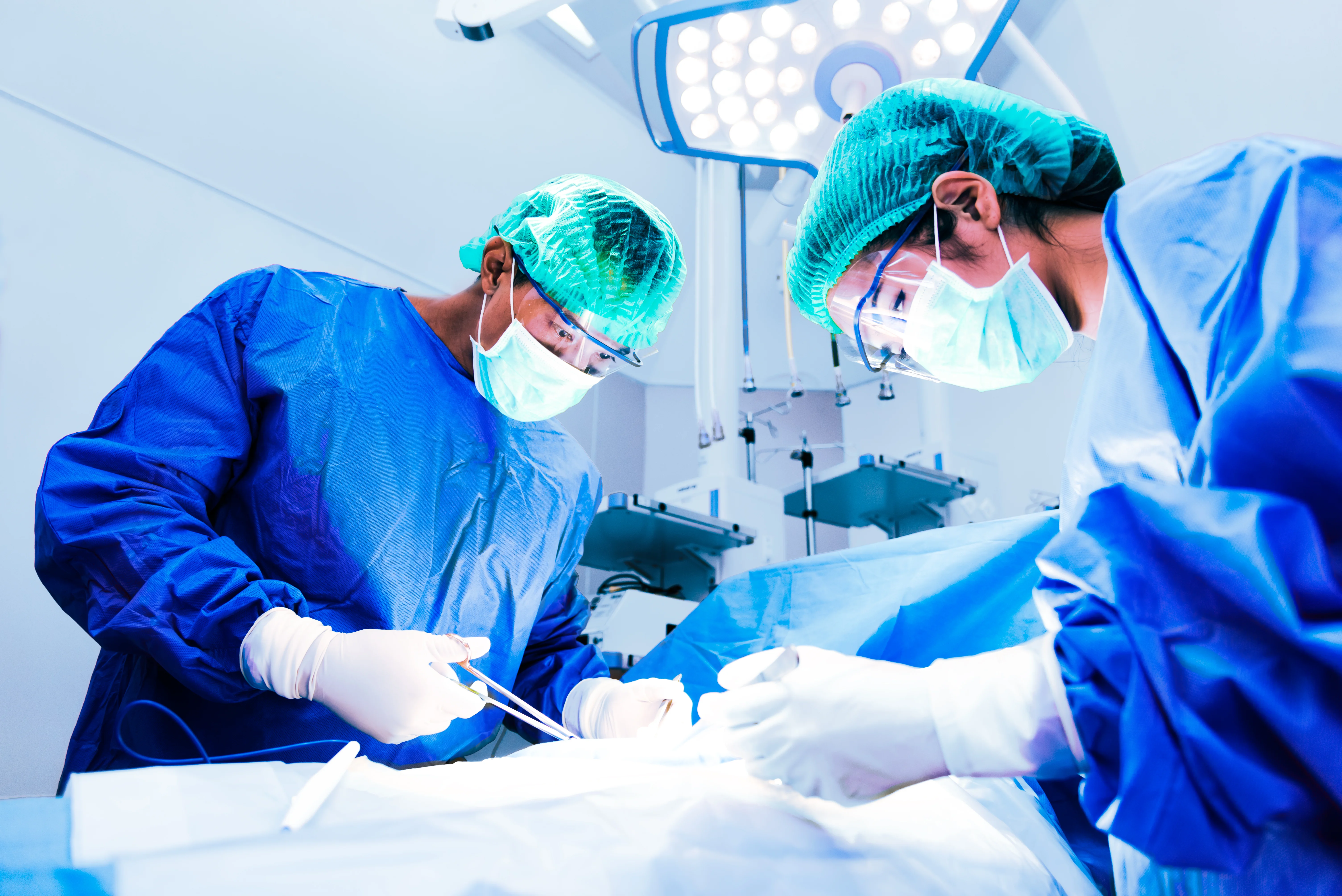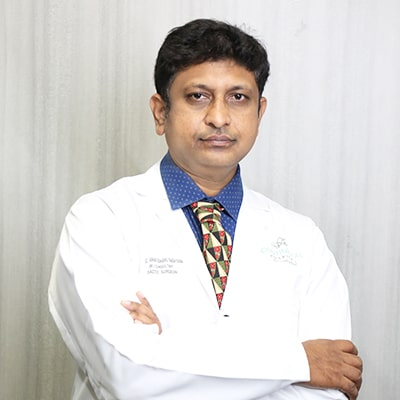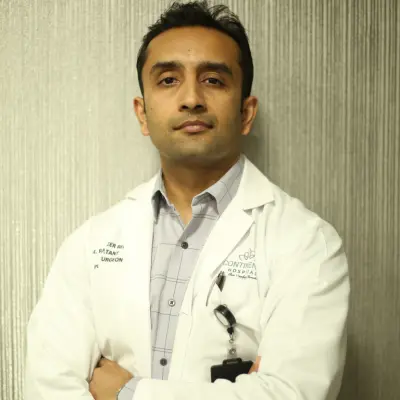Frequently Asked Questions
Plastic and reconstructive surgery is a medical specialty that focuses on restoring, repairing, and enhancing the form and function of the body. It includes both cosmetic procedures (aimed at enhancing appearance) and reconstructive procedures (focused on restoring function and appearance after injuries, surgeries, or congenital deformities).
Common reasons include improving physical appearance, boosting self-confidence, correcting congenital deformities, and addressing the effects of aging or trauma.
The Department of Plastic and Reconstructive Surgery is dedicated to providing high-quality care to patients of all ages, from children with birth defects to adults with traumatic injuries or the effects of aging. Our team of specialists offers a wide range of surgical procedures to restore, reconstruct, and alter the human body.
No, plastic surgery encompasses both cosmetic and reconstructive procedures. Reconstructive surgery is often medically necessary to improve function, correct deformities, and enhance the quality of life.
Common cosmetic procedures include breast augmentation, liposuction, facelift, rhinoplasty (nose job), and tummy tucks. These are typically done to enhance or rejuvenate one's appearance.
Reconstructive procedures can include breast reconstruction after mastectomy, cleft lip and palate repair, skin grafts for burn victims, and repairing injuries from accidents or trauma.
The recovery time varies depending on the type of surgery. Some procedures have shorter recovery periods (e.g., Botox injections), while others may require several weeks of healing (e.g., major facial surgeries).
All surgeries carry some risks, including infection, scarring, bleeding, and adverse reactions to anesthesia. Cosmetic procedures may also have unique risks, such as dissatisfaction with the results.
.webp)


 040 6700 0000
040 6700 0000  040 6700 0111
040 6700 0111



















